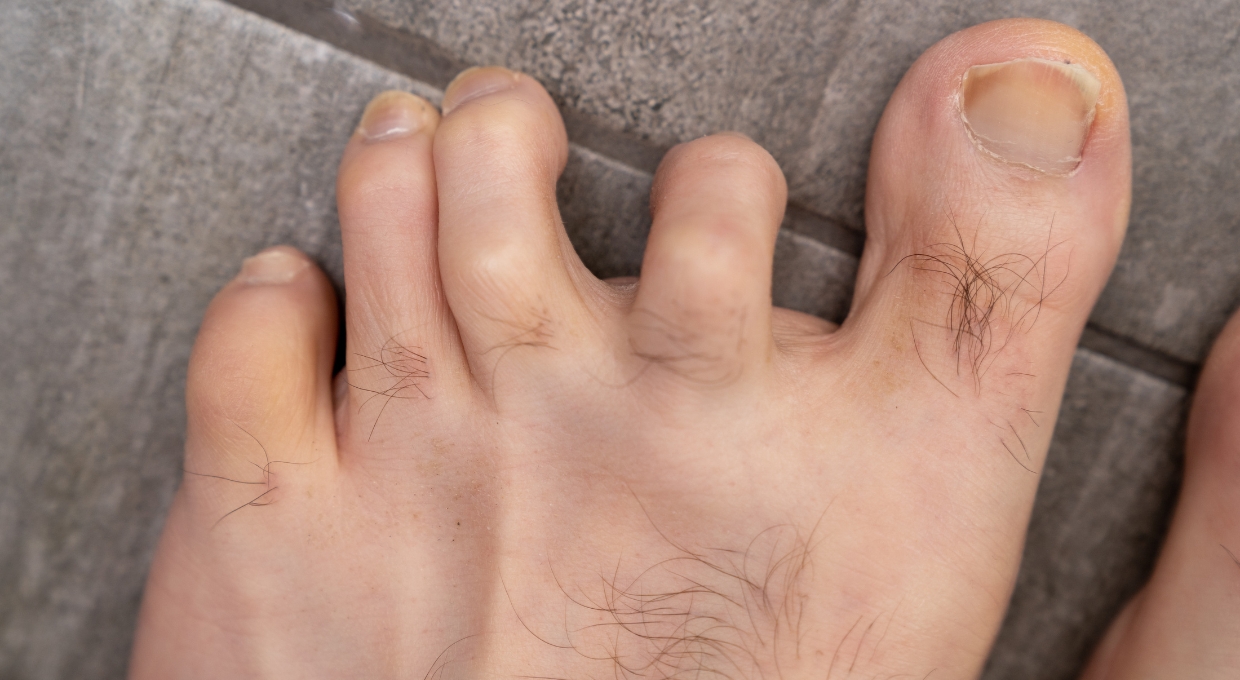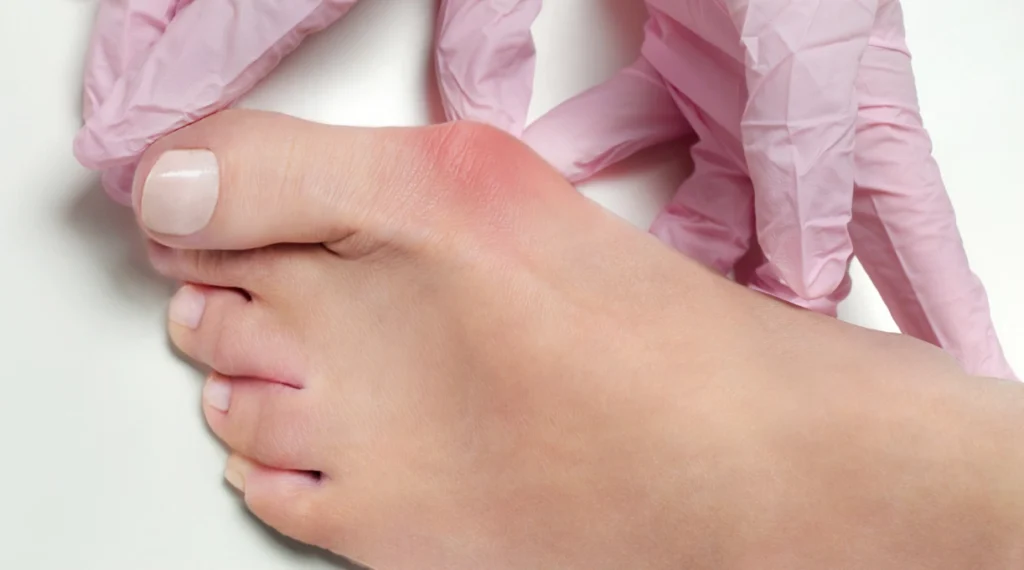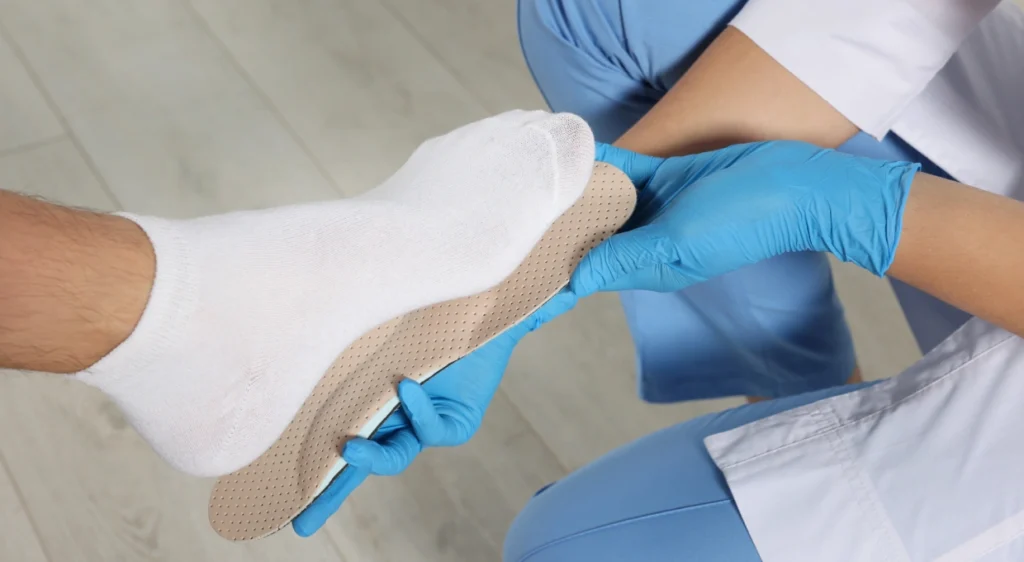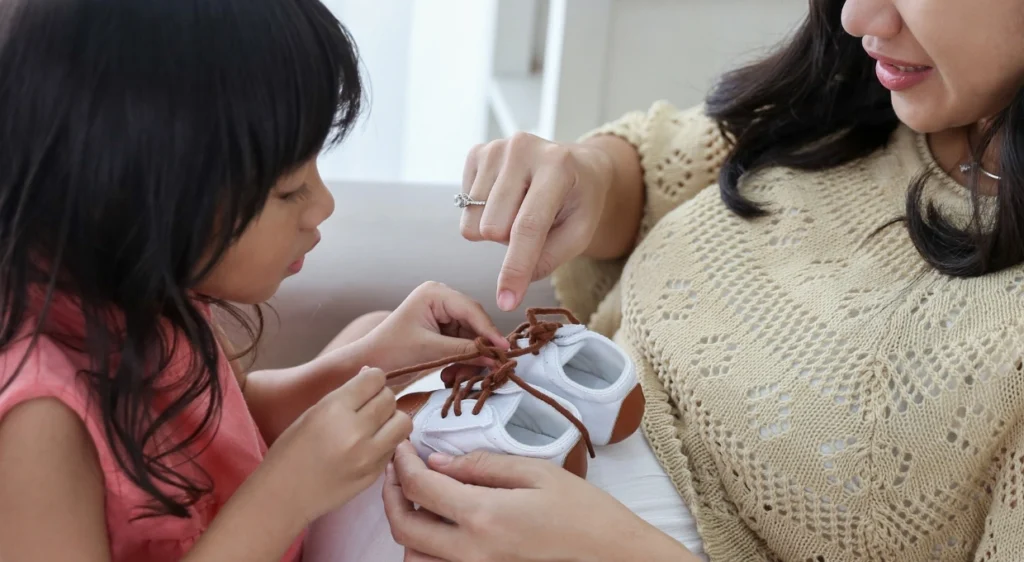The pain and discomfort caused by claw toes can significantly affect the quality of life of those who suffer from them. This condition, characterized by an abnormal curvature of the toes, not only causes discomfort when walking, but can lead to major complications if not treated properly. In this article, we explain what surgery to correct claw toes consists of, the symptoms that indicate the need for intervention and the steps involved in the procedure. In addition, we address the postoperative process and offer recommendations to speed up recovery, based on the experience and minimally invasive methodology of Clínica San Román.
What are claw toes?
Claw toes occur when there is a deformity that causes the toes to adopt a curved position, resembling claws. This disorder can be caused by several factors: genetic predisposition, improper use of footwear, biomechanical alterations and, in some cases, pathological conditions that affect the health of joints and tendons. In advanced stages, the deformity generates pressure on the upper and lower part of the toe, which can lead to chronic pain, inflammation and even skin ulcers. Clínica San Román places special emphasis on early detection, since timely intervention can prevent complications and significantly improve the functionality of the foot.
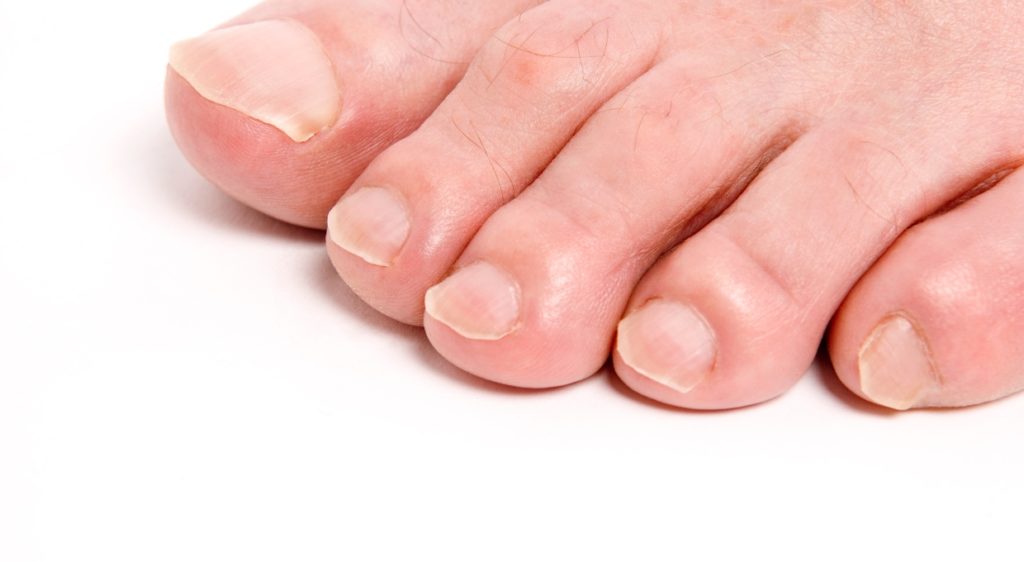
Indications for surgical intervention
Generally, surgery is recommended when conservative treatments have failed to alleviate symptoms or when the deformity seriously compromises mobility. Among the main indications are:
- Persistent pain: When pain becomes disabling and affects daily activities.
- Aggravation of the deformity: The progression of the curvature that prevents the comfortable use of the footwear or generates alterations in the gait.
- Skin alterations: Presence of calluses, inflammation or ulcers in the affected area.
- Failure of conservative treatment: When measures such as insoles, physiotherapy and changes in footwear fail to reverse the symptoms.
Diagnosis is based on clinical evaluation and radiological studies that allow confirmation of the degree of deformity and personalized planning of the procedure.
The minimally invasive surgery process
The minimally invasive methodology used by Clínica San Román has marked a turning point in the treatment of claw toes. This technique offers several advantages, including reduced postoperative pain, faster healing and an earlier return to normal activity. The following is a description of the fundamental stages of the procedure:
1. Preoperative Evaluation
Prior to surgery, the medical team performs a comprehensive evaluation of the patient, including a complete clinical examination and imaging studies, such as X-rays. This phase is crucial to determine the degree of deformity and to define the most appropriate surgical technique.
2. Anesthesia and Preparation
Regional or local anesthesia is administered, ensuring that the patient remains comfortable throughout the process. The preparation of the surgical area is performed under strict asepsis standards to minimize the risk of infection.
3. Minimally Invasive Technique Performance
Through small incisions in the affected area, a precise correction of the deformity is performed. The technique allows controlled cuts to be made in the bones and tendons, repositioning them to align the finger naturally. By using specialized instrumentation, damage to adjacent tissues is reduced and the anatomical structure is preserved.
4. Fixing and Closing Incisions
After repositioning and correction of the anatomical elements, fixation is performed with techniques that may include resorbable sutures or internal fixation methods. Incision closure is carefully performed to promote optimal healing and minimize visible scarring.
Postoperative process and recovery recommendations
The success of the intervention does not only depend on the surgical technique, but also on the adequate management of the postoperative process. Clínica San Román implements specific protocols to care for and accelerate recovery:
- Pain and inflammation control: An analgesic and anti-inflammatory regimen tailored to the patient’s needs is prescribed, ensuring a significant reduction in discomfort during the first few days after surgery.
- Wound care: It is essential to keep the operated area clean and protected to prevent infection. The patient is instructed on the correct handling of the dressing and the importance of attending periodic check-ups with the medical team.
- Early mobilization: Although it is important to avoid sudden efforts, it is recommended to start mobility exercises progressively to prevent stiffness and improve circulation, key factors for a quick recovery.
- Rehabilitation and physiotherapy: The incorporation of personalized physiotherapy sessions accelerates the readaptation of the foot. Stretching and muscle strengthening exercises, under professional supervision, help to restore functionality and prevent relapses.
- Adaptation of footwear: It is advisable to wear comfortable and suitable footwear that does not exert pressure on the operated area, facilitating the healing process and avoiding irritation.
Postoperative follow-up, including regular visits to the specialist, is essential to monitor progress and ensure that recovery goes smoothly.
Conclusion
Claw toe surgery, especially through minimally invasive techniques, represents an effective solution for those who suffer from this deformity. The decision to operate is based on clinical and radiological evaluation, and is justified when the symptoms significantly affect the patient’s quality of life. Thanks to the advanced techniques used at Clínica San Román, it is possible to correct the deformity with a precise, less painful intervention and with much faster recovery times.
In addition, the success of the procedure is enhanced by adequate postoperative management, which includes everything from pain control to rehabilitation and shoe fitting. This comprehensive approach ensures not only anatomical correction of the toe, but also an overall improvement in the patient’s mobility and well-being.
If you suffer from claw toes and conservative treatments have not been successful, minimally invasive surgery may be the ideal option to regain function and eliminate discomfort. Always consult a specialist to receive a complete and personalized assessment and make the right decision for your health.
With this comprehensive approach and based on the experience of Clínica San Román, we hope to have provided valuable information and clarity about the surgical process, helping you to understand the advantages and development of this innovative treatment.
